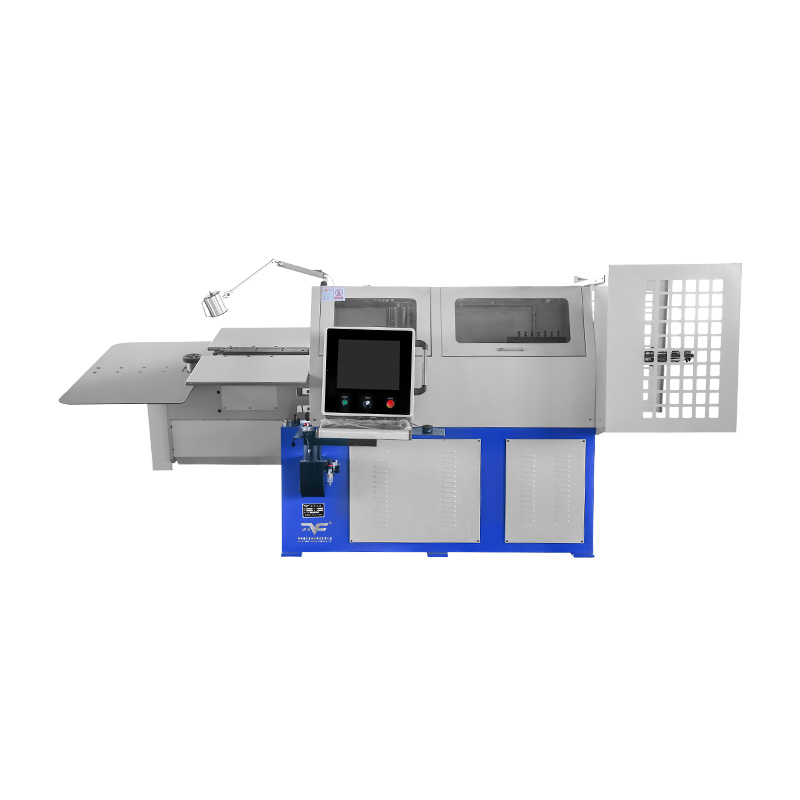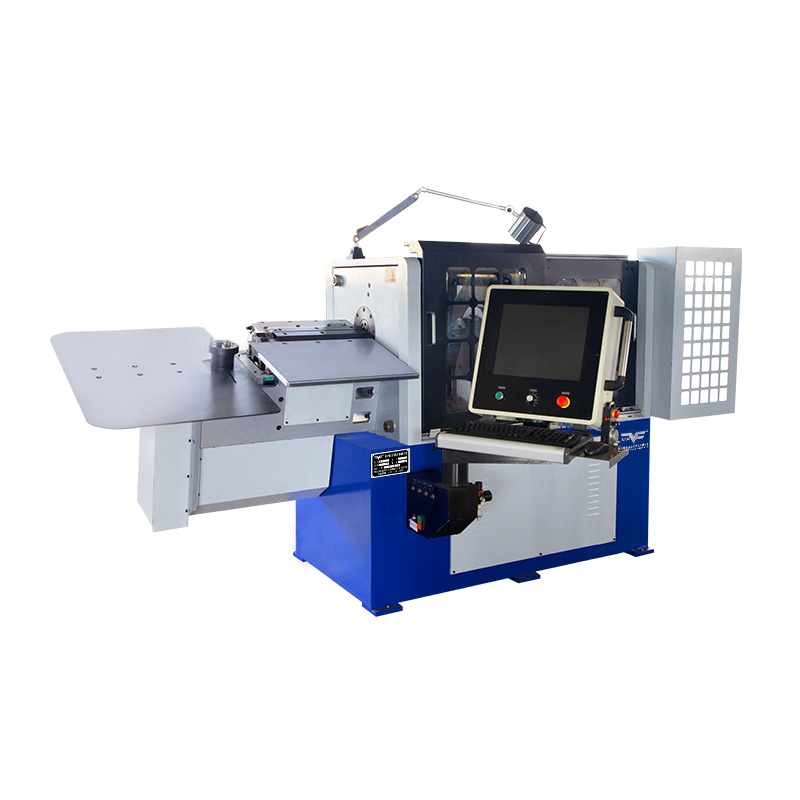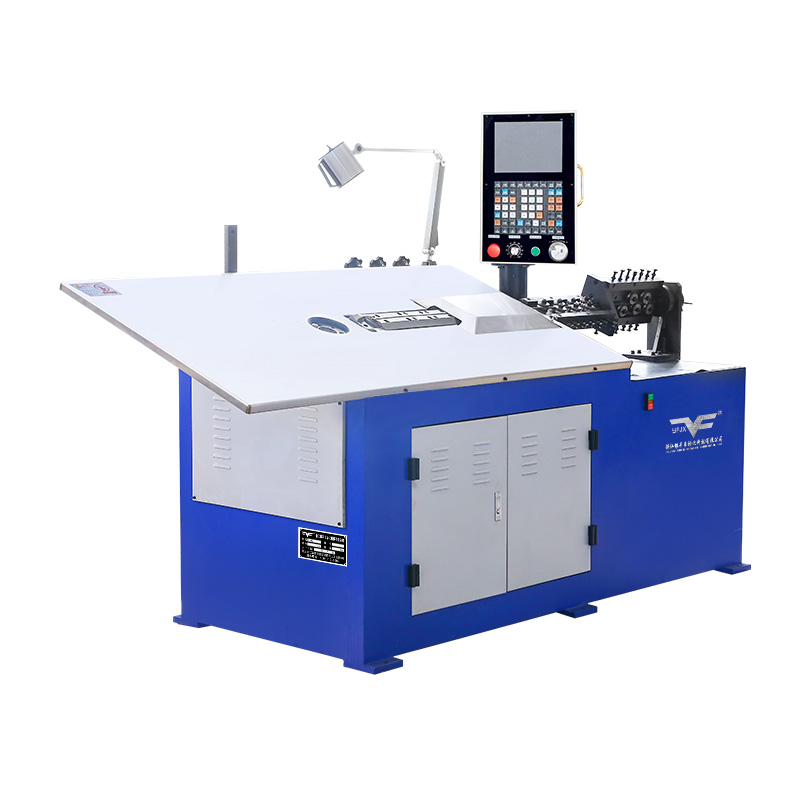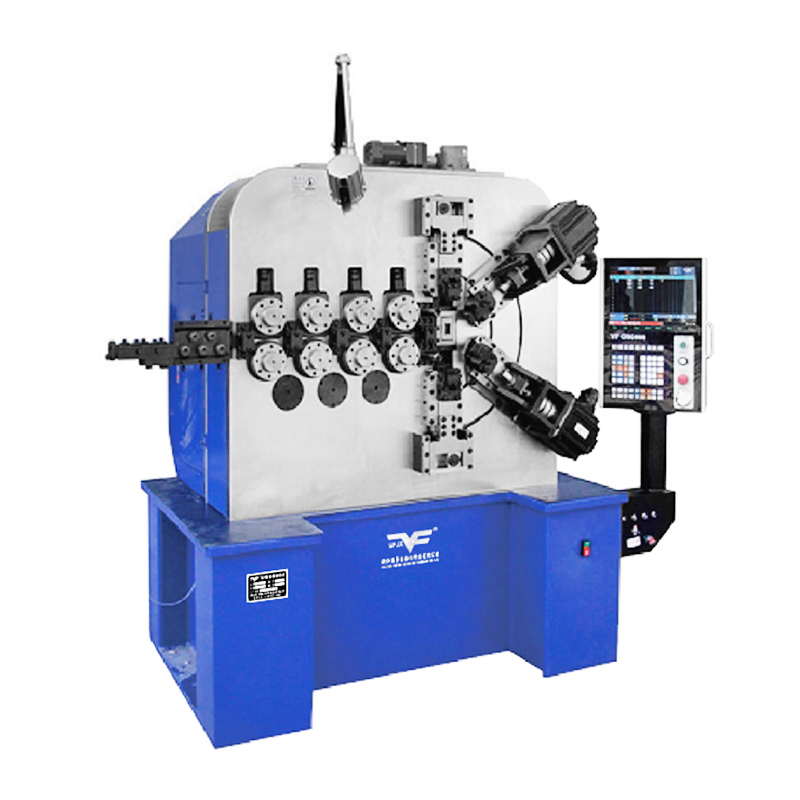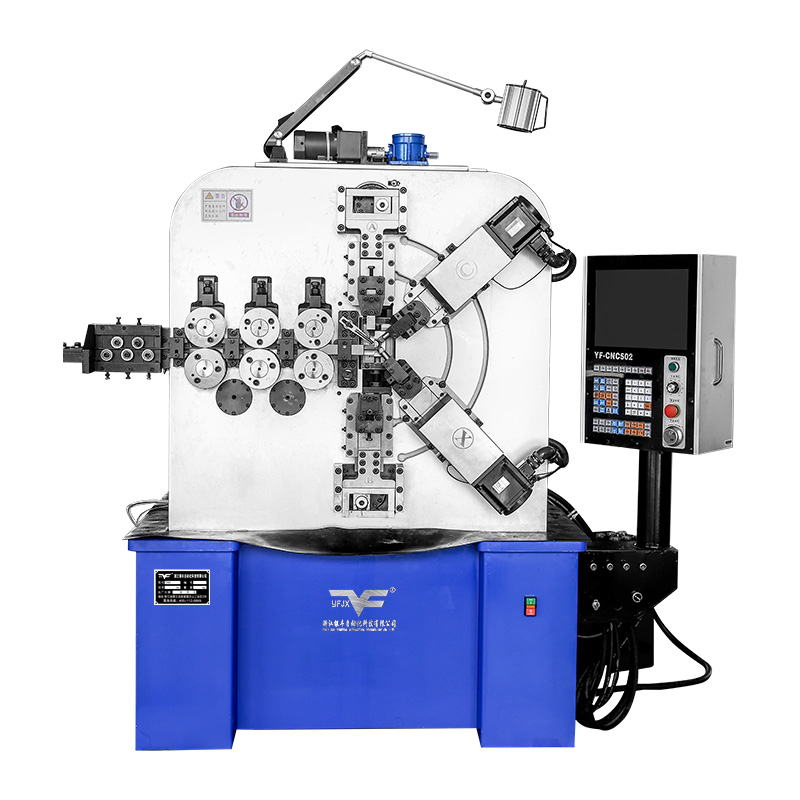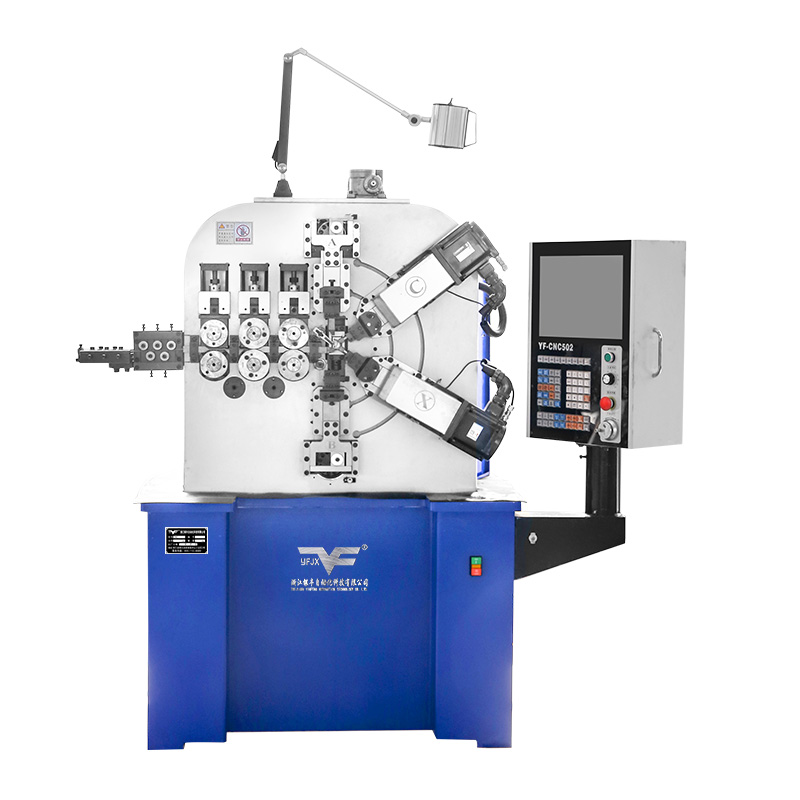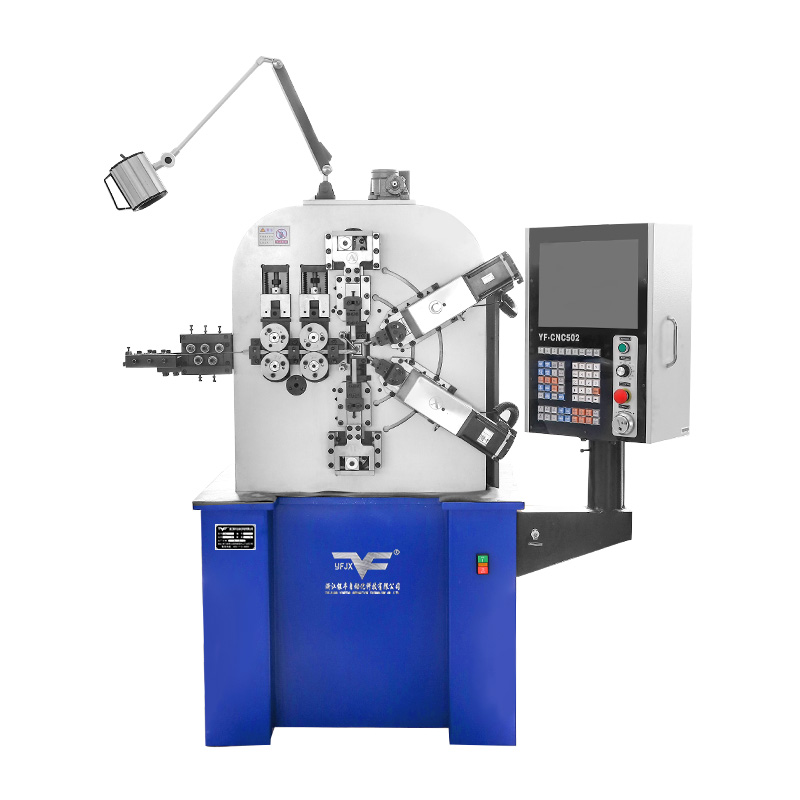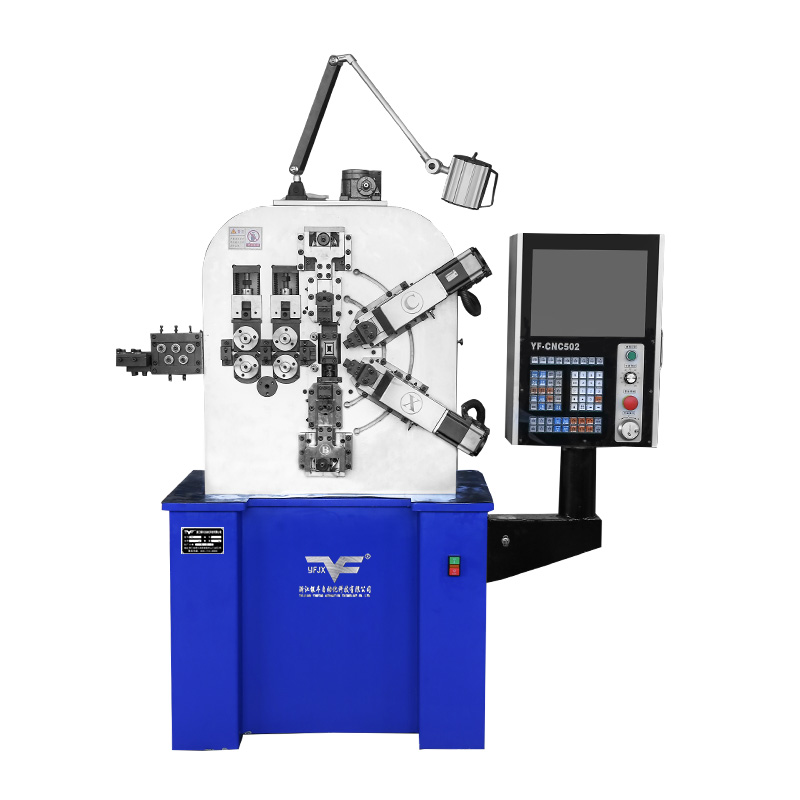Camless Spring Machine Operation Insights: Common Issues and Maintenance Solutions
Industry News-The adoption of any advanced technology brings with it a learning curve for operational and maintenance teams. The Camless Spring Machine, with its digital control systems and servo-driven mechanics, offers significant advantages in flexibility. To realize these benefits consistently, understanding its operational characteristics and adhering to a structured maintenance approach is essential. This article discusses several areas that often require attention during the operation of a Camless Spring Machine and outlines practical steps to address them.

Inconsistent Feed and Material Handling
A recurring topic of discussion in the operation of a Camless Spring Machine involves the feeding of wire material. Issues such as irregular feed length or variations in the formed product can often be traced back to the material handling system. Worn feed rollers may not grip the wire securely, advanced slippage. Similarly, a wire that is not properly straightened before entering the machine can cause forming problems. A regular inspection schedule for feed rollers and straightening assemblies is recommended. Ensuring that the rollers are clean and applying the correct pressure for the specific wire diameter being used can help maintain consistent material flow.
Servo System Alarms and Motion Coordination
The servo motors that drive the tooling axes are central to the function of a Camless Spring Machine. Occasionally, these drives may trigger alarms or display fault codes. Such events can sometimes be linked to the motion program itself, where overly aggressive acceleration or deceleration settings place a high demand on the servo system. Reviewing and smoothing the motion profile in the programming software can often alleviate this. From a mechanical perspective, a servo alarm might indicate physical resistance, such as a tooling arm that is misaligned or in need of lubrication. A systematic check of the machine's moving parts for free movement is a constructive step.
Maintaining Dimensional Accuracy Over Time
Over extended periods of operation, an operator might notice gradual deviations in the dimensions of the produced springs. This can stem from several sources. Tooling, such as formers and mandrels, will experience wear over time and may require dressing or replacement to restore their original profile. Another consideration is the potential for slight shifts in the machine's mechanical zero points. Establishing a routine for checking and recalibrating these reference positions, as outlined in the machine's documentation, can help in sustaining long-term dimensional accuracy.
Building a Proactive Maintenance Culture
The reliable performance of a Camless Spring Machine is supported by a proactive maintenance culture. This involves not only addressing issues as they arise but also preventing them through scheduled activities. Maintaining a clean work environment, regularly checking electrical connections for tightness, and following a lubricating schedule for guide rails and bearings are all fundamental practices. Keeping a log of operational parameters and any adjustments made provides valuable historical data that can simplify future troubleshooting efforts.
Operating a Camless Spring Machine effectively involves a blend of programming knowledge, mechanical understanding, and preventative care. By focusing on material preparation, motion program optimization, and systematic maintenance, teams can enhance machine availability and product quality. The goal is to build a deep familiarity with the equipment, enabling a swift and effective response to the typical challenges that can occur in a dynamic production setting.

 English
English русский
русский Español
Español 简体中文
简体中文